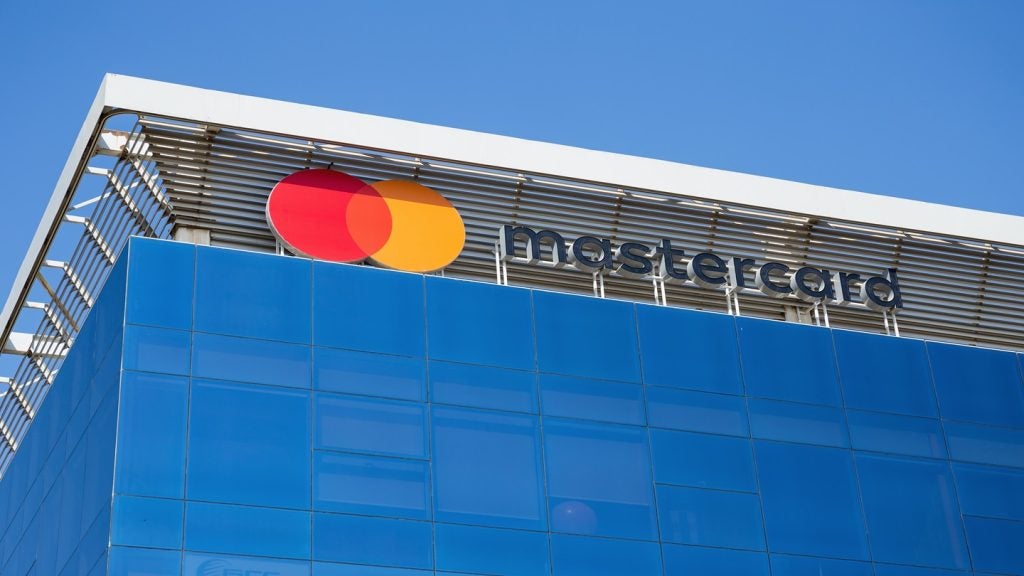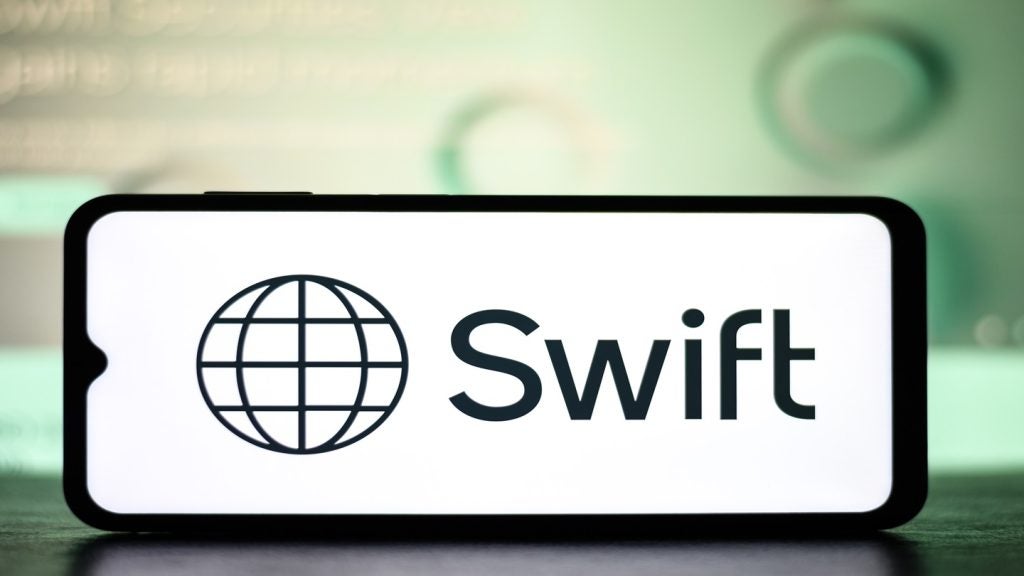Payment cards are beginning to penetrate all segments of the
Malaysian market, aided by the rise of Islamic banking and an
expanding consumer base. Truong Mellor reports on
how concerted efforts by banks and the government are driving up
levels of non-cash usage.
While cash remains the dominant method of payment in Malaysia by
far, there have been concerted efforts from issuers as well as the
government and regulatory bodies to boost card usage.
Over the last few years, the credit card market has expanded
rapidly, and a large part of this growth has been driven by
government initiatives, such as the reduction of the income
requirement for prospective cardholders and the minimum monthly
repayment level.
All of this has made payment cards far more accessible, resulting
in significant growth for the cards sector in Malaysia. In July, a
six-week carnival offering consumer discounts and offers at
selected merchants saw MasterCard report a 24 percent increase on
credit and debit card spend from the previous year, reaching $55
million.
While a large amount of this spending undoubtedly came from
tourists from either Singapore or Hong Kong, it is a significant
illustration of how the use of plastic has become increasingly
mainstream in a country that is still predominantly rural.
Levels of card usage
How well do you really know your competitors?
Access the most comprehensive Company Profiles on the market, powered by GlobalData. Save hours of research. Gain competitive edge.

Thank you!
Your download email will arrive shortly
Not ready to buy yet? Download a free sample
We are confident about the unique quality of our Company Profiles. However, we want you to make the most beneficial decision for your business, so we offer a free sample that you can download by submitting the below form
By GlobalDataAlthough cash may dominate in terms of total payments, cheques
accounted for 93 percent of non-cash retail transactions in 2007,
according to data from the central bank, Bank Negara Malaysia
(BNM), compared to 97 percent in 2003, demonstrating a gradual
shift towards electronic payments in Malaysia.
The number of e-payment transactions made per capita rose to 32.5
in 2007, compared to 13.8 in 2003, with payment cards accounting
for nearly half of e-payment transaction volume.
 The dominant
The dominant
card scheme in Malaysia is that of Bankcard, an ATM card issued by
domestic banking institutions which also serves as a debit card. In
2007, further efforts to widen the appeal of Bankcard in place of
cash included incorporating Bankcard as a payment option in credit
card POS terminals. Focus is now being placed on promoting the
adoption of Bankcard at government locations and others, such as
petrol stations.
Debit cards continue to see staggering growth rates, registering
114 percent growth in volume and 81 percent in value in 2007,
underlining the move away from cash.
However, ATM withdrawals are rising as well. In 2007, the average
value of ATM withdrawals had risen to MYR463.3 ($137), compared to
MYR428.1 in 2005 and MYR400.1 in 2003.
Charge cards accounted for only 0.5 percent of non-cash
transactions in 2007. For credit cards, over 237.6 million
transactions valued at MYR56.2 billion were carried out in 2007, an
increase of 13.8 percent and 18.2 percent respectively from 2006.
As a result, credit cards are increasing their share of GDP, from
7.4 percent in 2004, to 8.8 percent in 2007.
Contactless cards are also gaining in popularity – eight issuers
offer contactless cards in Malaysia, which can be used at more than
7,000 merchants.
New markets
Within the retail sales segment, credit card usage has seen
double-digit growth over the last few years.
While overall penetration levels appear relatively low across the
entire Malaysian population, within the income eligible bracket the
market for payment cards is already quite saturated. Several
companies are now beginning to reach out to lower income consumers
in Malaysia through a variety of new products and approaches such
as prepaid in order to widen their consumer base.
Another sector that is ripe with potential is the youth market –
Malaysia has one of the largest youth populations in the region.
However, for the majority of issuers in Malaysia, acquiring and
retaining customers from the high net worth sector remains a
priority.
It is currently estimated that around 5 million people in Malaysia
are eligible for credit cards.
Standard Chartered in Malaysia recently launched an exclusive
premium credit card, and the bank is hoping to sign up 10,000 new
cardholders over the next 12 months to the Visa-branded Infinite
Card, with the overall number increasing to 25,000 over three
years.
The current state of the marketplace has also seen the various
issuers step up their efforts by introducing a variety of benefits,
rewards and other competitive measures such as co-branded
offerings, low interest balance transfers and comprehensive cash
advance facilities.
Citibank currently offers a co-branded credit card in conjunction
with airline Air Asia. Interestingly, the bank chose a low-cost
regional airline company as opposed to an international carrier
like Air Malaysia, which is a clear indication that the premium
customer segment is not as wealthy as those living in some of the
other South East Asian countries.
The minimum annual salary requirement for a standard credit card is
still a relatively low MYR18,000 in global terms, so banks and
issuers are opting to forge co-branding deals with companies that
the average cardholder is likely to use.
Challenges
While POS terminals are comprehensively established in tourist
areas, overall merchant acceptance in Malaysia remains fairly low.
Despite a considerable amount of time and resources being put into
technological advancements, this remains a formidable challenge for
the cards sector. Malaysia to this day remains a very rural and
cash-based country, and this is something that will take many years
to change.
The other issue that Malaysia faces is that it has developed a
reputation for card fraud, something the concerted push for EMV
compliance has sought to address. While the overall levels of fraud
have been brought down significantly, merchants in Malaysia are
still wary of having to pay interchange and acquirer fees when card
penetration remains low.
This could end up becoming a spanner in the works for the further
expansion of merchant acceptance across the country.
EMV compliance
The continued dominance of cash as a payment method in Malaysia is
all the more incongruous when one considers that the country is
highly advanced in terms of card technology. These developments
have been primarily driven by MasterCard and Visa, as many of their
cardholders that visited Malaysia as tourists were complaining
about the level of card fraud.
 Malaysia was the
Malaysia was the
first country in the world to deploy EMV compliance and implement
chip-based smart cards. As a result, card fraud has been reduced to
the point of negligibility since the move towards compliance began
in 2005. EMV also virtually disabled the use of cloned domestic
credit cards. In 2007, credit card fraud accounted for less than
0.04 percent of total credit card transactions.
But according to the central bank, other types of credit card fraud
have increased since then, mainly card-not-present fraud, which has
led to more issuers adopting 3D secure schemes requiring additional
cardholder verification. Losses from internet banking fraud
accounted for only 0.0002 percent of the total value of internet
banking transactions in 2007.
Additionally, Malaysia has achieved nationwide implementation of
data encryption to secure data transfers from the POS to the
acquirer, which has further reduced the overall levels of card
fraud. It was certainly this level of dedication to new payments
security technology that was instrumental in Visa selecting
Malaysia as the location to roll-out its first EMV-compliant
contactless smart card following a successful pilot in 2004.
Visa also chose Malaysia as the country in which to test the waters
with mobile payments trials that began in 2006. So, not only has
the Malaysian commitment to technology helped to effectively
eradicate card fraud, it also means consumers have had access to
advanced functionality when it comes to their payment
products.
Cautious measures
Meanwhile, the precariousness of the global credit market is
beginning to cause shudders across Asia as a whole. Perhaps partly
as a result of this, BNM has recently announced that cardholders
who only make partial repayment on their monthly balances would no
longer be eligible for the 20-day, interest-free period on all
retail purchases.
BNM has also introduced a new pricing structure designed to reward
cardholders who pay off their balances punctually with lower
interest rates on their retail purchases.While the measure has been
introduced in order to promote financial prudence and
responsibility among consumers in an uncertain time, the effect
these changes may have on spending levels and consumer behaviour in
the Malaysian payment cards sector in the longer term remain to be
seen. One of the main goals of BNM in this restructuring has been
to make the payments system more accessible and understandable for
the average Malaysian consumer.
It is worth remembering that payment cards are still a relatively
new proposition in the marketplace. There was a rash of
delinquencies when Malaysia saw the first influx of credit cards
aimed at the top-tier segment of the population, and this is
something BNM is looking to avoid a repeat of through enhanced
consumer education as well as a more comprehensive and equitable
repayments structure.
Growth areas
One knock-on effect of the payments technology drive in Malaysia
has been that smart cards such as prepaid ticketing offerings have
been in the marketplace for around two years now.
However, a proposition such as the ‘Touch N Go’ product, used for
transportation and toll collection that eventually morphed into a
small value, general-purpose card, has yet to catch on in the same
way that its counterparts in more technologically savvy
neighbouring countries such as Hong Kong and Singapore have.
Several card issuers are considering moving into this space as it
remains relatively untapped. Although Bankcard, a smart card
offering that is backed by domestic payment consortium Malaysian
Electronic Payment System, comes enabled with prepaid
functionality, it is primarily used for ATM and e-commerce
transactions.
There is also considerable Japanese interest and investment being
channelled into numerous Asia-Pacific countries to create a
regional standard for smart card transportation, which could help
make it a more viable proposition in Malaysia.
While e-commerce is often touted as a potential growth driver for
the Malaysian cards sector, it is worth noting that studies
conducted by MasterCard across the Asia-
Pacific region indicate it will only become a considerable market
in a few countries. While China and Japan will see huge growth in
online shopping, the report suggests that the more agrarian and
rural countries such as Malaysia, Cambodia and even India will not
see a corresponding boost, primarily due to cultural factors such
as ingrained shopping patterns.
Although larger cities in these markets will most likely see
notable volume growth in e-commerce expenditure, it seems doubtful
that this will have a significant bearing on the economy as a
whole.
Recent comments from the governor of Malaysia’s central bank sought
to actively promote the efficiency benefits to be gained from
increased usage of electronic payment channels, arguing that
electronic-based payment systems could potentially serve as a
catalyst for promoting increased consumption spending.
“Being a strategic tool to achieve higher economic growth,
electronic payment increases operational efficiency and
productivity levels through expedient payments and receipts of
funds,” said of Bank Negara Malaysia governor Tan Sri Dr. Zeti
Akhtar Aziz.
Islamic banking
One other interesting recent development within the Malaysian
banking environment is its current ambition to become a global hub
for Islamic financial services, something that is being spearheaded
by the central bank. In order to foster this progress, BNM have
been issuing banking licenses that would allow Sharia-compliant
institutions to offer full banking services. With one of the
largest Muslim populations in the world, this initiative is bound
to have a lasting effect on the consumer finance industry.
This has seen an influx of Middle Eastern banks setting up shop in
Malaysia, further driving competition within the financial services
sector. In fact, Islamic institutions could become more of a threat
to local players than the incumbent global banks in Malaysia such
as Citibank, StanChart and HSBC, as they are subject to regulatory
restrictions that the newly arrived Islamic players are not
regarding the expansion of their branch networks.
Currently, the major domestic Islamic bank is Bank Islam Malaysia
(BIM). Its credit card offering is comprised of a three-year
contract between the bank and consumer with a fixed profit margin.
AmBank was the first Malaysian bank to offer a Shariah-compliant
credit card back in 1992, with the Al-Taslif product that operated
through a similar deferred payment scheme.
Issuers
Maybank
Currently the largest issuer of financial cards in Malaysia,
Maybank has recently reduced the interest rates applicable to card
repayments to a minimum of 15 percent and a maximum of 18 percent
per annum.
The bank is actively pursuing new customers through its Islamic
banking subsidiary, and has recently launched the Ikhwan card
series, hoping to attract around 100,000 new card accounts to its
existing 1.6 million credit and charge cardholders.
In addition to its American Express offering, Maybank also has Visa
and MasterCard-branded card products, and all cards come equipped
with EMV chip and PIN technology for added security.
HSBC Malaysia
While London-based HSBC has maintained a presence in Malaysia for
over 120 years, the bank has also been at the forefront of
technological innovation. It was the first bank to introduce an ATM
to the local market, and has been quick to adopt mobile as well as
internet functionality for its retail customers.
 HSBC Malaysia currently offers both Visa
HSBC Malaysia currently offers both Visa
and MasterCard-branded cards, still primarily aimed at the affluent
and international travelling sector. However, the bank’s website
currently features some educational articles on how to manage
credit and control personal finances, as well as minimise the risk
of identity fraud, which perhaps suggests the bank’s customer
profile is now expanding.
HSBC Amanah Malaysia, a wholly-owned Islamic subsidiary, has
recently commenced operations after being awarded a license by BNM
in February this year.
According to Irene Dorner, chairman of HSBC Amanah Malaysia and
deputy chairman and CEO of HSBC Bank, the new subsidiary
strengthens the group’s plans to make Malaysia a hub for Islamic
banking, and “complements the existing comprehensive banking
solutions offered by HSBC Bank by offering our retail and corporate
customers a full suite of innovative Islamic products and
services”.
Citibank Malaysia
For many years the leading card issuer in Malaysia, Citibank was
recently eclipsed by Maybank when the latter took over the American
Express portfolio. Nevertheless, Citibank continues to offer one of
the country’s most comprehensive suites of card products, with a
variety of co-branded offerings ranging from fuel discount cards
with Shell to cash rebates with mobile company Celcom.
The bank also has a competitive pan-regional rewards scheme for
cardholders that was recently revamped with a new Citi-Rewards
portal website designed to serve as an e-magazine. CitiRewards
remains the most wide-ranging card rewards programme across the
Asia-Pacific region with almost 3,000 different rewards available
for redemption through partnerships with over 500 retailers.
CIMB
As Malaysia’s second-largest financial services player, CIMB
currently offer cards that range from a classic option with a
minimum salary requirement of MYR18,000 to a platinum business
MasterCard offering with a host of features including comprehensive
travel insurance and PayPass contactless technology. The bank also
has a rewards programme that offers cardholders a range of
discounts and deals at numerous retailers, restaurants and services
across the country.
MBF
One of the largest card issuing companies in Malaysia, MBF Cards is
also the first monoline non-bank institution to be awarded with a
Visa licence in Malaysia and the Association of Southeast Asian
Nations region. It currently has over half a million cards in
circulation across the country, and was the first issuer in the
world to issue a contactless Visa card back in 2004.
Despite the growing competitive pressure within the Malaysian cards
industry at the moment, MBF Cards is confident it will remain
strong within the marketplace due to its considerable merchant base
that currently stands at just over 32,000 – the second-largest in
the country. In line with its customer-centric strategy, MBF
recently introduced a service called Call’n Pay that enables
cardholders to make a phone call to have their credit card bills
settled automatically.







